Cover Crops
Cover Crops
Cover Crops are what keep the cattle operation at Young Red Angus going. Are cows are on cover crops or harvested fall crops year round. We are always building a grazing management plan and the adjusting it based on how much the cover crops grow or don’t grow. Dry years always seem to be a challenge and wet year we always seem to have extra. Every year is a new adventure.
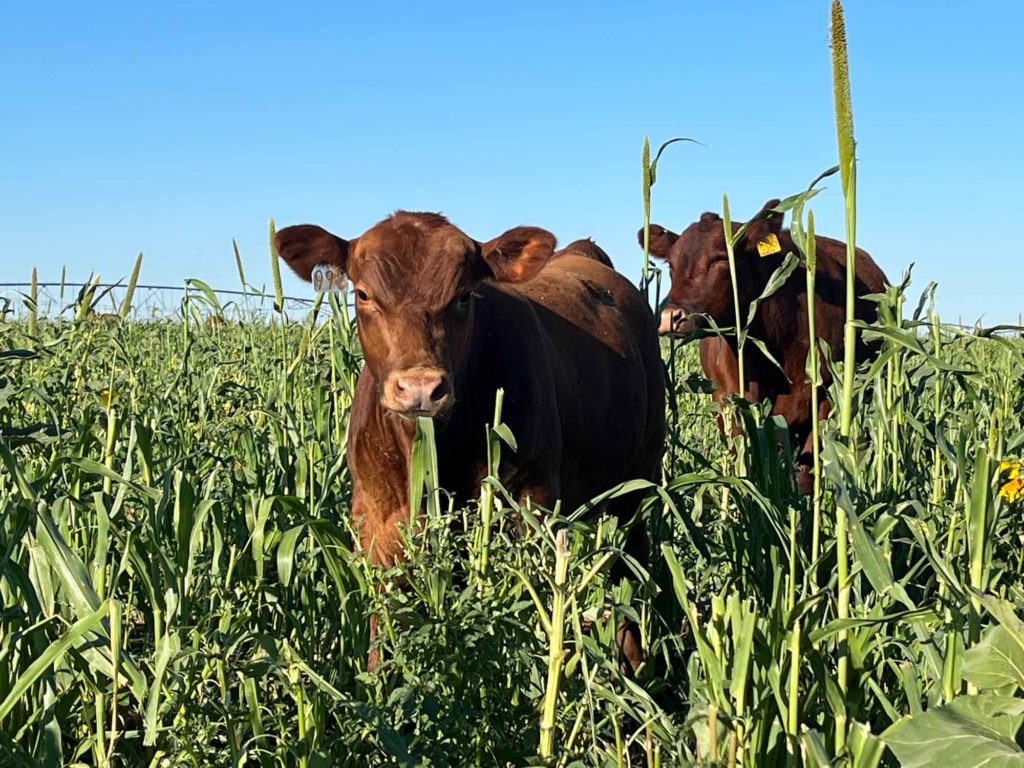
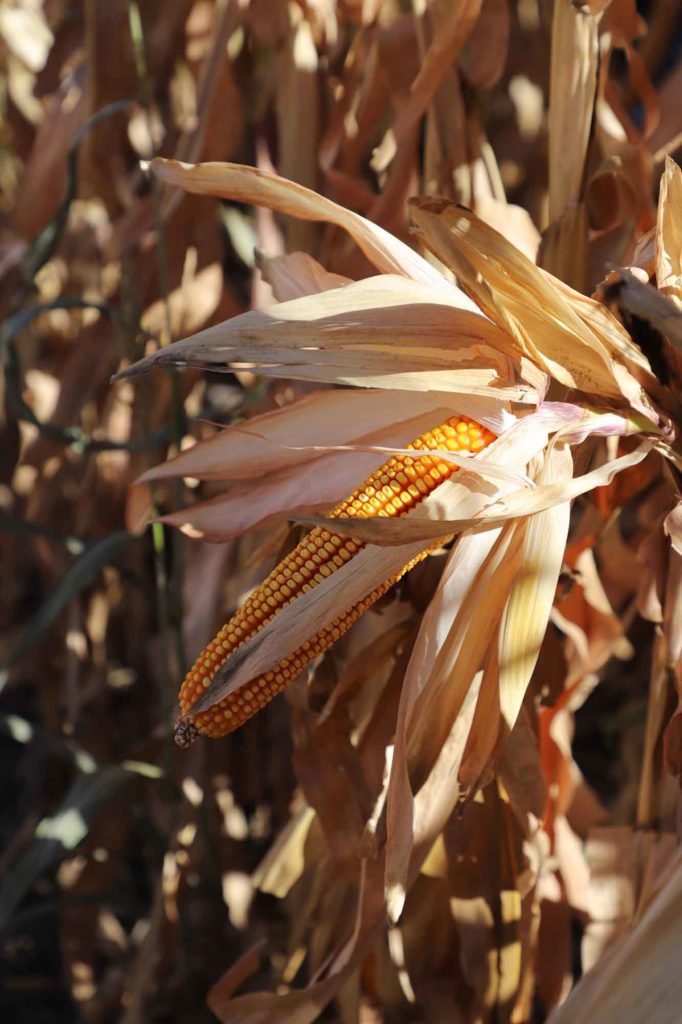
Grazing Cover Crops Over The Winter
Preparing forage for the winter months isn’t too difficult in the grand scheme of things. We plant plenty of summer cover crops to cover the cows over the summer and fall months. In a wet year there are plenty of summer cover crops that if they are not grazed over the summer months then we can utilize them as a winter stockpile for the cattle to graze. In our summer mix we typically try to get as many plants in the mix as possible. For grasses we like, BMR Grazing Corn, BMR Sudan, Pearl Millet and Foxtail Millet. Brassica include: Afarican Cabbage, dikon radish, purple top turnups, Broad Leaves include: Buckwheat and Sunflowers.
If we run out of summer grazing mixes, we will have plenty of corn stalks and milo stalks for the cattle to graze. Now that we have been increasing the number of acers, we have been interseeding cover crops into corn we have a lot more options than what we have had in years past
If we run out of summer grazing mixes, we will have plenty of corn stalks and milo stalks for the cattle to graze. Now that we have been increasing the number of acers, we have been interseeding cover crops into corn we have a lot more options than what we have had in years past
Winter Mixes for Spring Grazing
As winter turns to spring the winter planted cover crops start to green up. Around the first of April we start moving the cow calf pairs off our winter forages onto our winter planted cover crop mixes. These cover crops are planted anywhere from the end of August to the first of December. These mixes typically have the least amount of variety in them. We use a lot of beardless Treacle, cereal rye, red clover, harry vetch, dicon radishes, and purple top turnips.
These mixes will tipicly last us from April to the end of May. To keep the grasses from heading out daily moves are important.
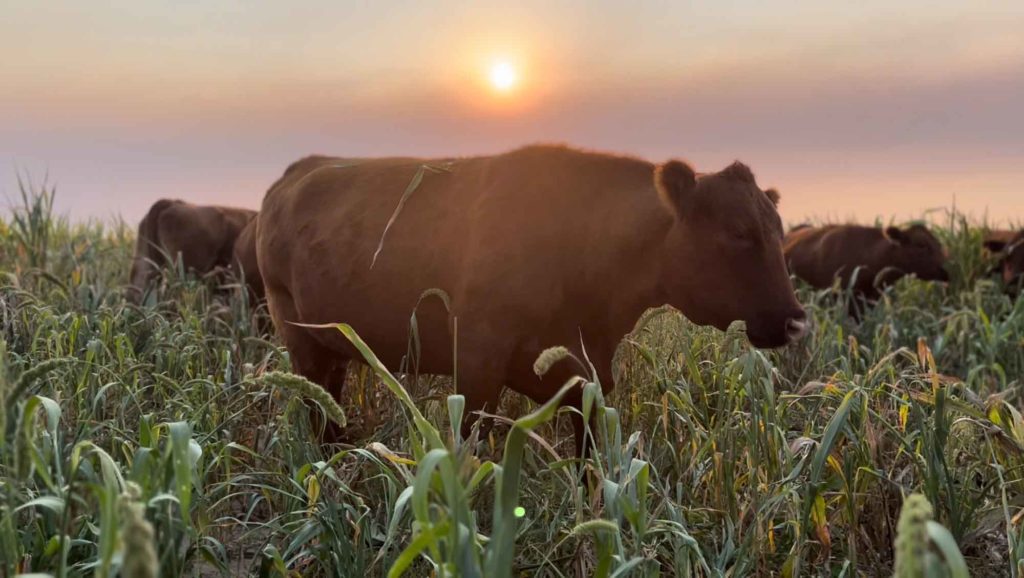

Early Summer Grazing
This window seems to be the one with the least amount of flexibility. The cover crops are so small for so long it you always seem to feel afraid that you might get on to it too quickly. Once you are on it and it starts growing you almost always kick yourself for not getting to it quicker.
We usually get our spring mixes planted in early March and are on them grazing by the end of my first of June. The more a producer utilizes rotational grazing the more days of grazing he will get out of these mixes. Triticale, barley, oats and spring wheat are all good grasses to use in this mix. Because we never know what the year will bring we stick with oats as the only grass in our spring mixes. We also like to utilizes plants like trophy rapeseed, radishes, turnups, red clover, and flax.
Mid-summer grazing
Once the oats are maturing in late June early July it’s time to find the summer mixes. You have a couple of options to go with on mid summer grazing. Both have their pros and cons. If you want to plant something in April you can go with a mix that has BMR grazing corn, Sunflowers, radishes, rape, turnups and buckwheat. All of these plants can handle being planted in April in our area of western Kansas. The benefits to planting this mix is that it can help with weed pressure getting a mix planted sooner rather than later and it will typically be ready for grazing sooner than mixes that have to be planted with the ground temperature is above 60 degrees. The cons are that a mix like this needs to be manage well so the cattle done over graze the corn and leave the producer with no ground cover. There is also no regrowth with this mix. The other option for mid-summer grazing would be to plant a mix that has pearl and foxtail millet and the main staple of the mix and get to it a little earlier than you would normally get to a summer mix. This would require quick moves of rotational grazing. Once another field of summer cover crops is ready you can move off of this field that is millet based and come back to it after it has had a chance to regrow.
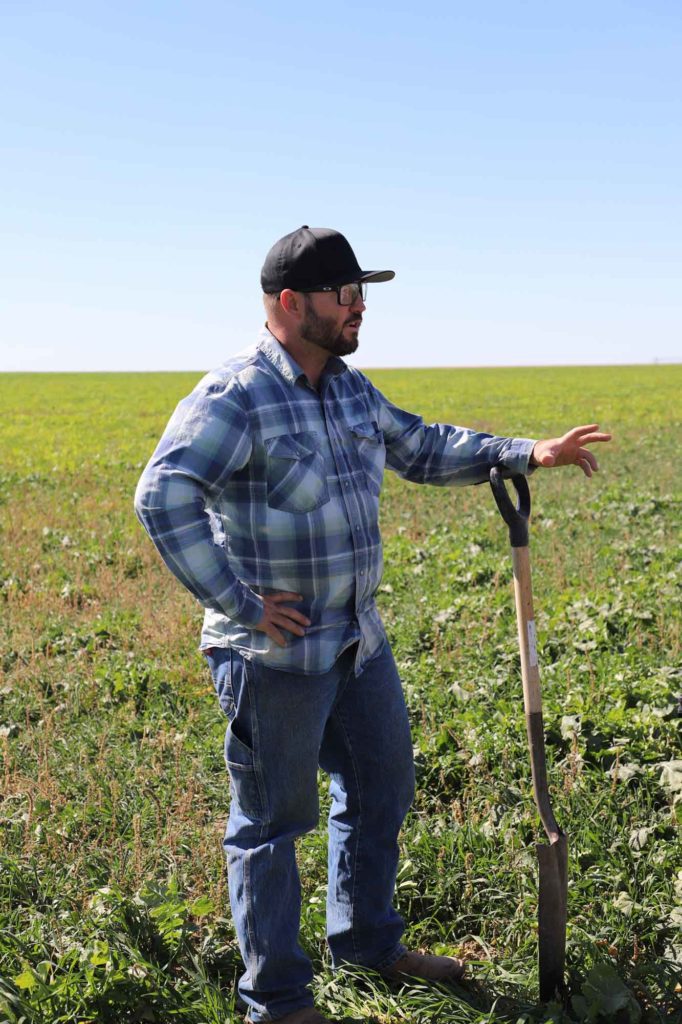
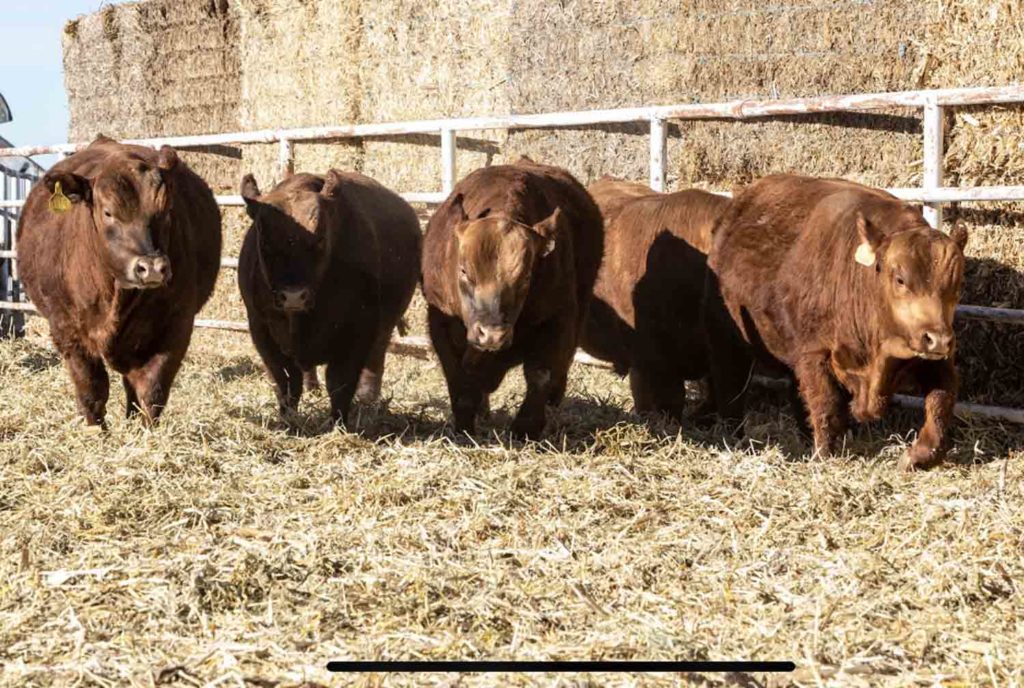
Late summer grazing
Grazing from July to September is always the easy time of management on cover crops(unless you are in a drought). This time is fairly care free as the forages are usually extreamy thick and easy to do rotational grazing on. In our system these summer mixes usually last the longest, provide the most ground cover and provide the best return on investment for what the seed cost compared to how many days of grazing you can get. These mixes tend to be planted anytime from the end of May to the end of July. We usually use the same species of plants that we listed earlier in the first paragraph
